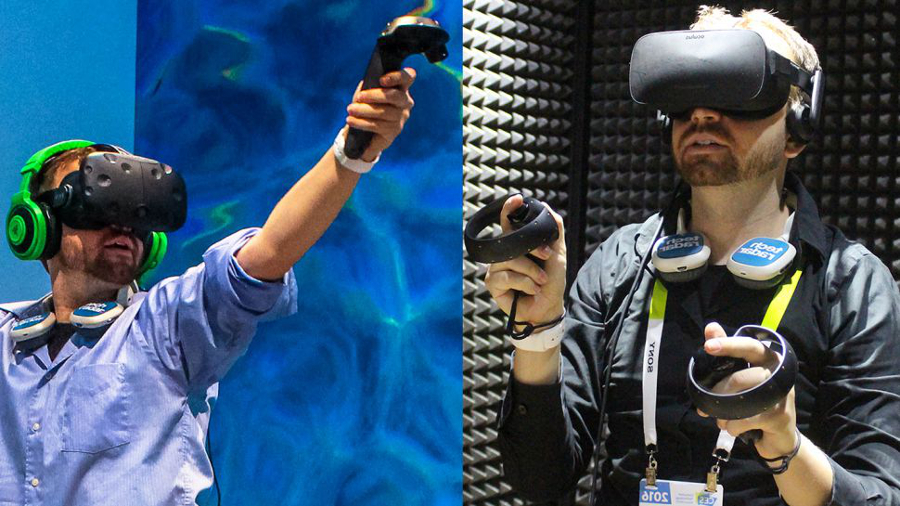
By Gabe Carey
When it comes to VR, you might say that Intel maintains a behind-the-scenes approach compared to Nvidia and AMD’s chest beating.
However, high-end processing power is just as important as graphics for the demanding requirements of the Oculus Rift and HTC Vive on PC. For that reason, Intel is far from an underdog in the VR space, although the company is still well aware of the dangers of VR’s starkly divided audience.
On the high-end, a VR headset will set you back upwards of $600 (about £489, AU$792). That’s without factoring in the $1,000+ PC required to use it. Meanwhile, low-end VR is littered with mobile smartphone solutions, offering bite-sized games and apps to those curious about the technology, but not nearly curious enough to drop a more substantial chunk of cash.
Save for perhaps Sony’s PlayStation VR, there is hardly anything occupying the middle ground.
At the 2017 Game Developers Conference (GDC) this week, we spoke with Kim Pallister, director of the Intel VR Center of Excellence, about the virtual reality improvements the industry needs to see next. Amongst our conversations, Pallister stressed that VR is lacking when it comes to support for mid-range devices such …read more
Source:: techradar.com – Gaming

 Previous post
Previous post
 Next post
Next post